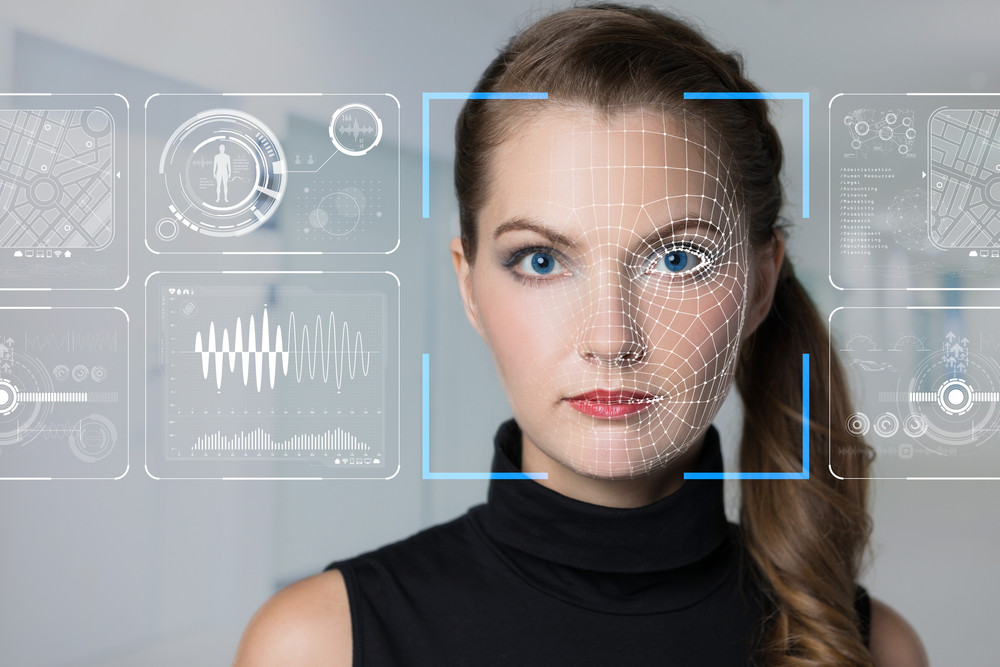
The Transportation Security Administration (TSA) recently released a plan to expand the use of biometrics technology to enhance security and increase efficiency.
Biometric technology will speed up the passenger experience. The TSA and airlines currently verify traveler identity primarily by inspecting physical identity and travel documents and by processing biographic data.
“With the threat to aviation evolving every day, developing the next generation of security technology with our industry partners is critically important,” TSA Administrator David Pekoske said. “By expanding our use of biometrics, TSA secures its position as a global leader in aviation security and advances global transportation security standards.”
The plan – TSA Biometrics Roadmap for Aviation Security and the Passenger Experience – focuses on four main goals, all of which are already underway.
The goals are to partner with U.S. Customs and Border Protection on biometrics for international travelers, to use biometrics provided by TSA Pre✓ members to improve the travel experience, to expand biometrics to additional domestic travelers, and to develop the infrastructure for biometric technology.
Facial recognition technology already is in place in some airports. Later this month, a biometric terminal that uses facial recognition will launch at Hartsfield-Jackson Atlanta International Airport. It will automate ID verification, self-service bag drop, and boarding a flight.